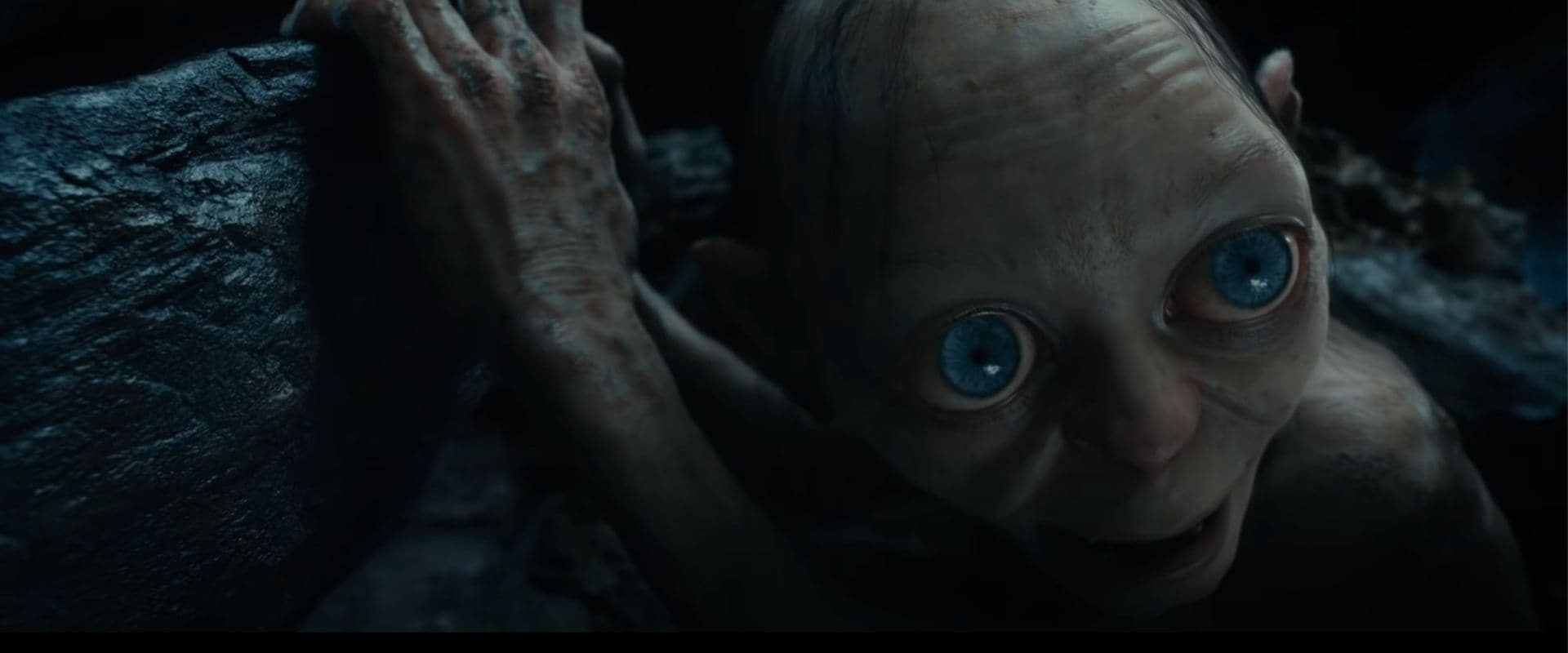There are different schools of thought when it comes to choosing the right frame rate for shooting video. The right “look” for different genres of video can only be achieved if you shoot at the right frame rate. We often see filmmakers breaking these rules, thanks to a peculiar shot requirement, but more often than not, sticking to the the right frame rate will allow for a more pleasing or perhaps more fitting image in the context of the narrative you are trying to build using moving pictures.
Moreover, thanks to the advancement in camera technology, we are seeing frame rates like 120, 240, 48 and 60 fps more often. Therefore, to choose the right look for your videos, you might need to do some research before you start shooting.
Are Movies being shot and distributed at High Frame Rates?
Except for notable movies like Peter Jackson’s Hobbit Trilogy (48 fps), there are hardly any films that were shot and distributed at a high frame rate or HFR. James Cameron’s Avatar: The Way of Water is also expected to be distributed in a HFR format.

The predicament with shooting A-roll at a higher frame rate is the natural looking motion blur. Now you will wonder how something that looks more natural can be bad for the visuals? The problem isn’t with the frame rate, it’s with our minds. Over time, we’ve grown accustomed to watching our favorite movies at 24 fps. The dreamy motion blur is what gives a movie its cinematic quality.
However, we are increasingly seeing extensive use of HFR in content mediums like vlogs, documentaries, and video game streams. The nature of these mediums allows them to be shot in HFR.
WATCH VIDEO: You Might Be Accidentally Scratching Your Phone!
I make YouTube Videos, which Frame Rate should I shoot at?
The beauty of platforms like YouTube is that you can experiment with your content until you achieve a distinct style and look for your visuals. A filmmaker who primarily makes short films is likely going to distribute their films in standard 24 fps, while a gaming creator might benefit from uploading the videos at 60 fps and above. So, depending on what content you make, coming up with a frame rate to shoot and distribute your visuals shouldn’t be too much trouble.

For most content like tech videos, infomercials, etc. a frame rate of 30 fps would be ideal. The 30 fps frame rate strikes a good balance between being smooth and achieving a pleasing motion blur.
Slow-Motion requires a High Frame Rate
It should be noted that in order to slow down your footage, it is mandatory that you film in HFR. Also, to bust a common myth, slowing down, let’s say, a 30 fps clip to 50% is a recipe for disaster. The correct way should be to shoot in 60 fps and above, and then later interpret the footage to be 24 or 30 fps in an NLE video editor or your choice.

Simply put, do you want your 120 fps footage to be slowed down five times? Interpret it to be 24 fps on a 24fps timeline. Now, if you are new to frame rates and the world of video editing, it is suggested that you first learn to interpret footage the right way before you embark on a new project.
WATCH VIDEO: This Machine From Philips Cleans Your Sneakers
If you give it enough thought, you will understand that only color grading, composition and set design, etc. aren’t the only factors that make your visuals look like what you have in mind. Frame rates are powerful and they do help in building powerful narratives and conveying emotion.
Read the Latest News and Breaking News here